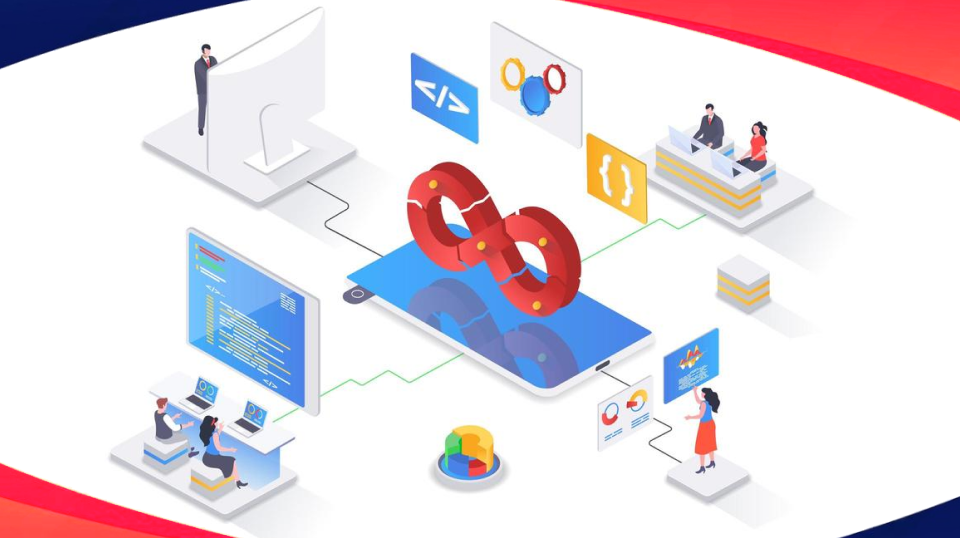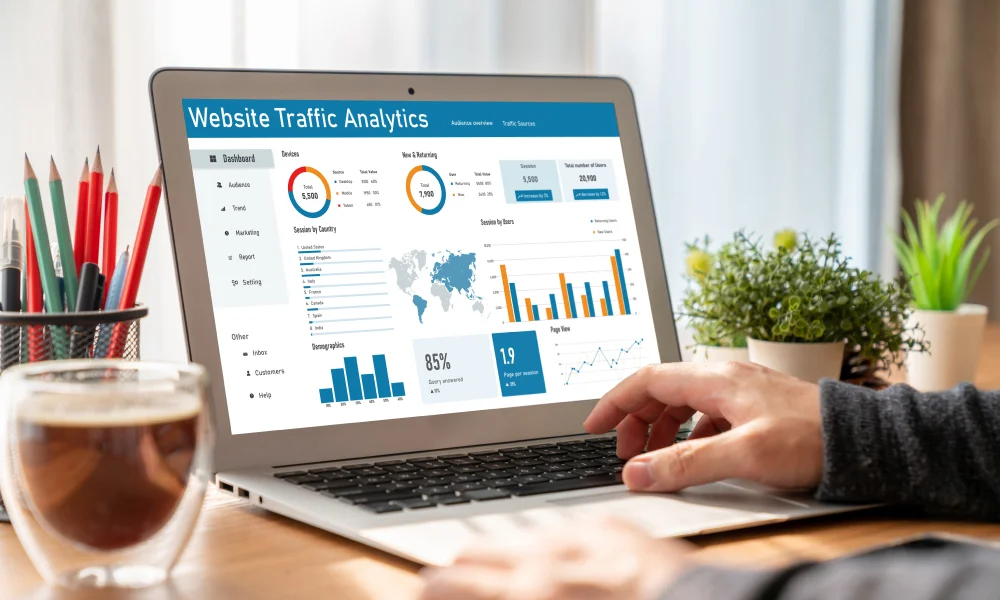The Importance of Mobile-First Design for Indian Businesses
In the rapidly evolving digital world, your website is often the first impression potential customers have of your brand. And in India, where over 800 million people access the internet primarily via mobile phones, one thing is clear: mobile-first design is no longer a trend — it’s a necessity.
If you’re an Indian business looking to thrive online, designing your website with mobile users in mind from the start is one of the smartest investments you can make.
📱 What is Mobile-First Design?
Mobile-first design is a strategy where websites are designed initially for mobile devices, and then adapted for larger screens like tablets and desktops. The focus is on creating a clean, fast, and intuitive experience on small screens, ensuring accessibility for the widest group of users.
🇮🇳 Why Mobile-First Design Matters for Indian Businesses
- India Is a Mobile-First Nation
The majority of Indian internet users access the web via smartphones — not laptops or desktops. From shopping to banking, learning to entertainment, mobile is the default device for digital engagement.
If your website isn’t optimized for mobile, you’re potentially losing millions of customers right at the first click.
- Google Ranks Mobile-First
Since Google switched to mobile-first indexing, it now ranks websites based on their mobile version. If your site is difficult to use on a phone, it will likely rank lower in search results — reducing visibility and traffic.
- Better User Experience = More Conversions
Mobile-first websites offer faster loading times, simplified navigation, and content that’s easy to read and interact with — all of which improve user satisfaction. Happier users stay longer, trust your brand more, and are more likely to convert.
🚀 Key Benefits of Mobile-First Website Design
✅ Faster Load Times
Speed is crucial — especially on mobile networks. A mobile-first site is designed to load quickly even with lower bandwidth, keeping users engaged and reducing bounce rates.
✅ Higher SEO Rankings
Mobile-first websites check all the boxes for Google’s Core Web Vitals, which influence how your website ranks in search results.
✅ Wider Reach
From metros like Mumbai and Delhi to Tier 2 and Tier 3 cities like Indore and Nagpur, mobile-first websites ensure you’re accessible to all types of users, regardless of device or location.
✅ Improved Accessibility
Simplified layouts and touch-friendly elements make your website usable for all, including non-tech-savvy or first-time internet users.
🛠️ Mobile-First Design: Best Practices
If you’re building or revamping your website, follow these mobile-first guidelines:
- Use responsive ecommerce website design that adapts to screen size
- Prioritize core content and CTA buttons
- Simplify navigation with hamburger menus or sticky bars
- Compress images and use lazy loading for better speed
- Keep forms short and mobile-friendly
- Ensure touch targets (buttons, links) are easy to tap
💡 Don’t just shrink your desktop site — design with mobile users in mind from the start.
🧑💼 Who Should Prioritize Mobile-First?
Every Indian business with an online presence should go mobile-first. But it’s especially important for:
- E-commerce businesses
- Local service providers (salons, clinics, tuition classes)
- Food delivery and restaurants
- Educational institutions and ed-tech startups
- Real estate and travel agencies
- Freelancers and consultants
🏁 Final Thoughts: Mobile-First Is Business-First
In a country where mobile usage dominates, not prioritizing mobile-first website design is like locking your store’s front door. Whether you’re targeting the youth in Bengaluru or homemakers in Patna, mobile-first design ensures everyone has a smooth, enjoyable experience with your brand.
Embrace mobile-first — and turn your website into a high-performing, lead-generating machine.
















